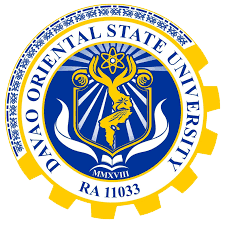Effects of shading and soil compaction on the growth, leaf area and biomass allocation of tomatoes (Lycopersicon esculentum)
DOI:
https://doi.org/10.59120/drj.v12i3.105Keywords:
Biomass allocation, leaf area ratio, leaf weight ratio, soil compaction, specific leaf areaAbstract
Plants are often exposed to stressors such as shading and soil compaction, influencing their morphology and physiology. This study aimed to determine the effects of shading (e.g. using black, white, and transparent cloths) and disturbance on the growth, leaf area, and biomass allocation of plants using tomatoes (Lycopersicon esculentum). The establishment of the study area and gathering of field data were conducted for one month at Davao Oriental State College of Science and Technology (DOSCST), Mati City, Davao Oriental. In the shading experiment, the leaf weight ratio (LWR) of the plants was revealed to be directly proportional to their exposure to sunlight. A similar trend was observed on the specific leaf area (SLA) and leaf area ratio (LAR) values, with the SLA and LAR values higher on the plots with the most shading and decreasing with increasing exposure to sunlight. In the disturbance experiment, the LWR and SLA were observed to be inversely proportional to the intensity of disturbance with higher values reported on the undisturbed plot. A general pattern was observed in terms of biomass allocation in the plant parts; the stems have the bulk of the weight, followed by the leaves while the roots have the least weight. In the shading experiment, the highest biomass was observed on the white fabric-covered plot and the least on the black fabric-covered plot. In the disturbance experiment, the undisturbed plot was observed to have higher biomass than the disturbed plot. These have implications in terms of crop cultivation.
Downloads
References
Agnew, M. I. and Carrow, R. N. (1985). Soil compaction and moisture stress preconditioning in Kentucky Bluegrass I. Soil aeration, water use, and root responses. Agronomy Journal, 77, 872-878.

Downloads
Published
Issue
Section
License
Copyright (c) 2020 Rancil Quin M. Salang, Edison D. Macusi

This work is licensed under a Creative Commons Attribution-NonCommercial 4.0 International License.
DRJ is an open-access journal and the article's license is CC-BY-NC. This license allows others to distribute, remix, tweak, and build on the author's work, as long as they give credit to the original work. Authors retain the copyright and grant the journal/publisher non-exclusive publishing rights with the work simultaneously licensed under a https://creativecommons.org/licenses/by-nc/4.0/.





